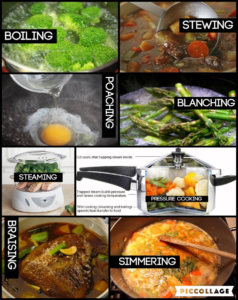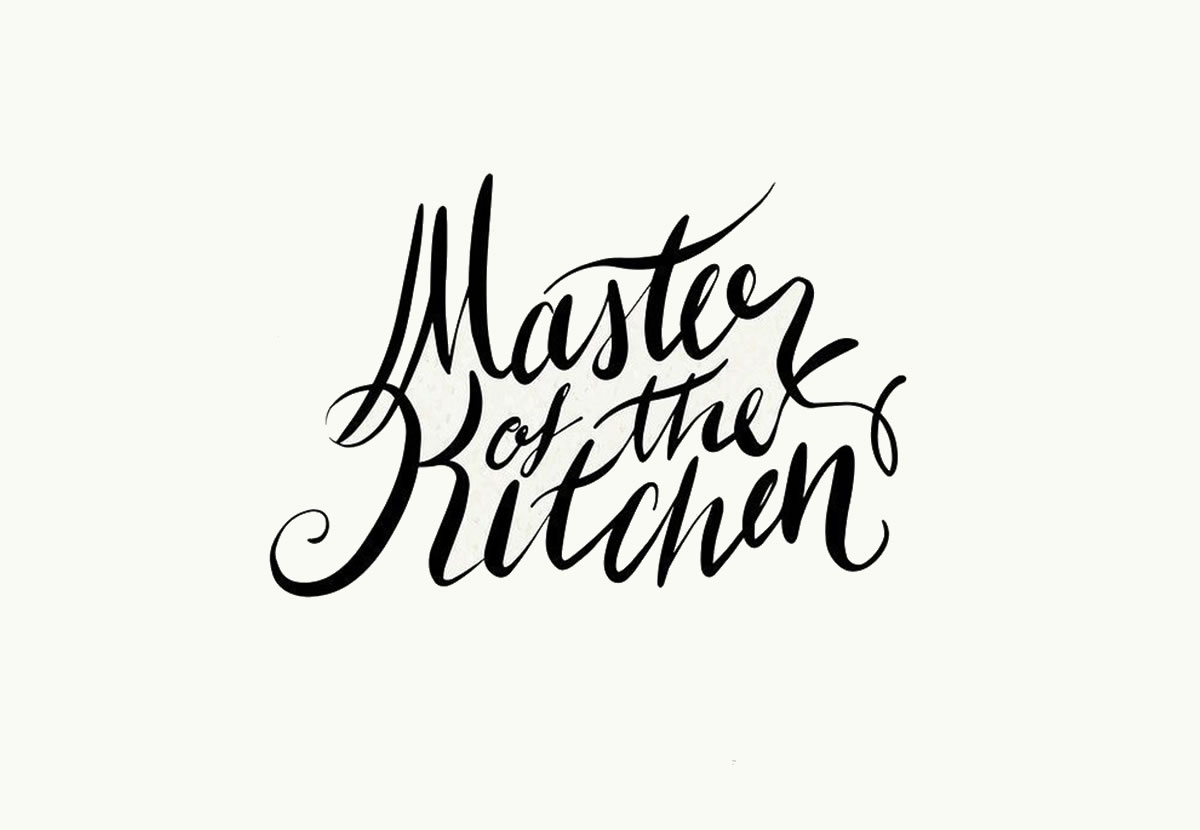Cooking Techniques For Beginners 101
COOKING TECHNIQUES FOR BEGINNERS 101 : A Beginner’s Guide to Mastering the Kitchen.
Part 1: Setting the Foundation for Your Culinary Journey
Embarking on a culinary journey can be both exciting and daunting, especially for beginners. The kitchen, often deemed the heart of a home, is where creativity meets necessity. If you’re new to the world of cooking, fear not! This beginner’s guide will equip you with essential tips and techniques to help you gain confidence and hone your culinary skills. Cooking is a fun and rewarding skill to develop—it nourishes your body and allows you to explore your creativity. Whether you’re a college student tired of microwave dinners or a young professional looking to impress your friends and family, learning how to cook is a valuable and fulfilling endeavor.
1. Setting Up Your Kitchen
Before diving into the world of cooking, it’s crucial to have the right tools and equipment in your kitchen. Here’s a list of basic kitchen essentials to get you started:
– Cookware: Invest in a set of pots and pans, including a frying pan, saucepan, and a larger pot for boiling.
– Utensils: You’ll need a chef’s knife, a paring knife, cutting board, measuring cups, spoons, tongs, a wooden spoon, and a spatula.
– Baking Equipment: If you plan to do some baking, include a baking sheet and mixing bowls.
– Appliances: A stove, oven, and microwave are essential. If you’re enthusiastic about cooking, a food processor and blender can also be handy.
– Basic Ingredients: Stock your pantry with essentials like salt, pepper, cooking oil, and a variety of spices. Don’t forget your fridge staples: eggs, butter, milk, lemons, and fresh vegetables.


2. Master Basic Cooking Techniques
Understanding basic cooking techniques is key to becoming a competent cook. Here are some fundamental skills to master:
– Chopping and Dicing: Learn how to properly cut ingredients, from vegetables to meat.
– Roasting: A dry-heat cooking method where hot air surrounds the food and cooks it evenly on all sides. It’s perfect for meats and vegetables.
– Sautéing: This involves cooking food quickly in a small amount of oil over medium to high heat.
– Boiling: Submerging food in a liquid and heating it until it reaches its boiling point. Master the art of cooking pasta, rice, and vegetables in boiling water.
– Baking: Baking refers to cooking food, typically uncovered, in an oven with dry heat. It’s commonly used for items such as bread, cakes, cookies, and muffins.
– Grilling: Grilling involves cooking food directly over heat, often from open flames or coals. If you have access to a grill or a grill pan, explore grilling techniques for meats and vegetables.



3. Start with Simple Recipes
As a beginner, it’s wise to start with simple recipes. Look for easy-to-follow instructions online, in cookbooks, or from reliable cooking apps. Here are some beginner-friendly dishes to try:
– Scrambled Eggs: A classic breakfast dish that teaches you how to control heat and experiment with seasoning

– Pasta with Tomato Sauce: A simple pasta dish that allows you to practice boiling pasta and making a basic sauce.

– Stir-Fry: A quick and customizable dish that lets you practice chopping vegetables and cooking meat or tofu.


4. Read the Recipe First
Before you start cooking, read the entire recipe to understand the steps and ensure you have all the necessary ingredients and equipment. This will help you avoid surprises and keep the process smooth.
5. Gather Your Ingredients
Prepare all your ingredients (mise en place) before you start cooking. This makes the cooking process smoother and helps you avoid last-minute scrambles for missing items.

Remember, cooking is a skill that improves with practice. The more you cook, the more confident you’ll become in the kitchen. Start with simple dishes and gradually work your way up to more complex recipes. Don’t be discouraged by initial failures, and be open to learning from your experiences. Enjoy the journey of discovering new flavors and techniques
-AUNTYRUMÉ✨💜





